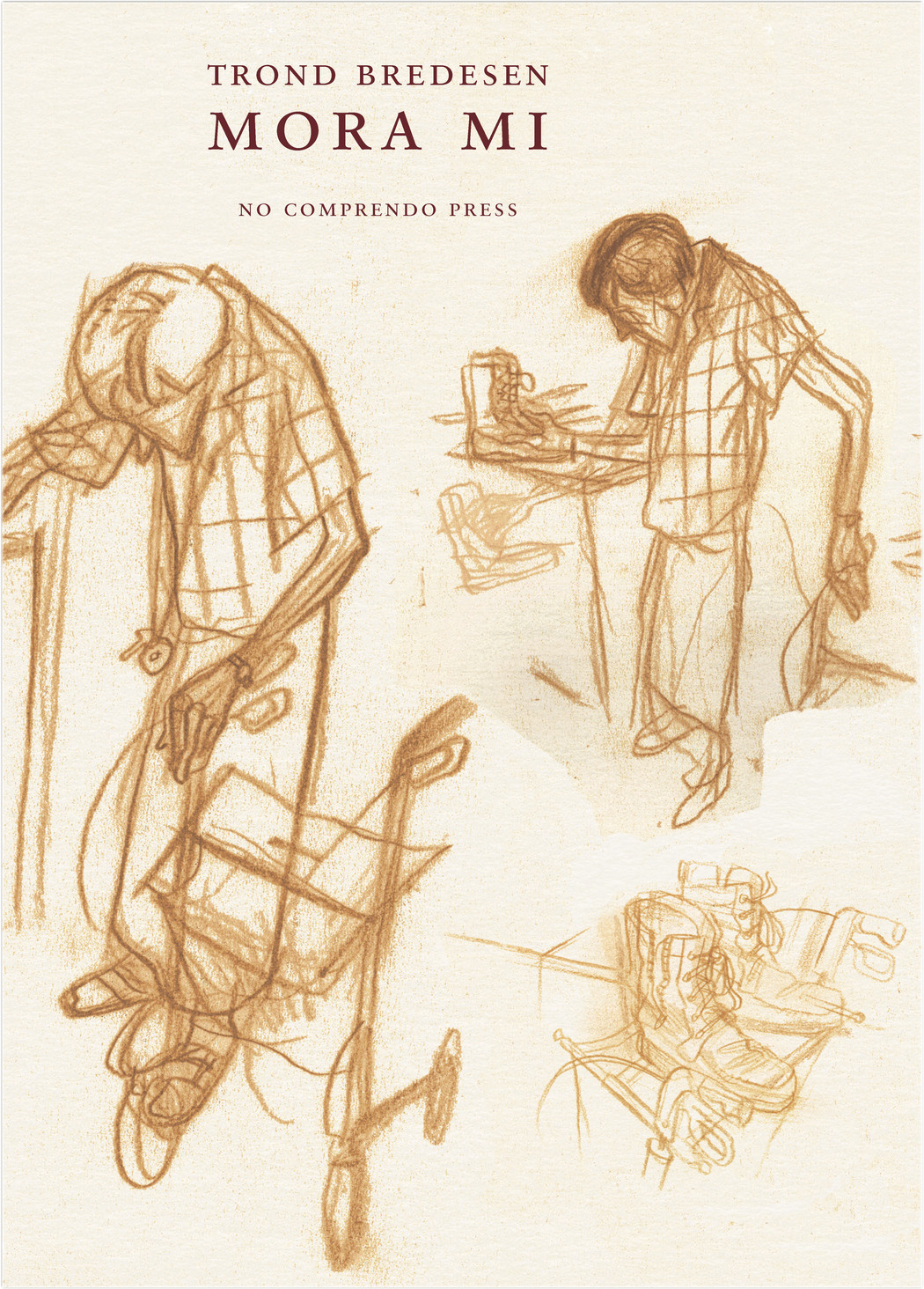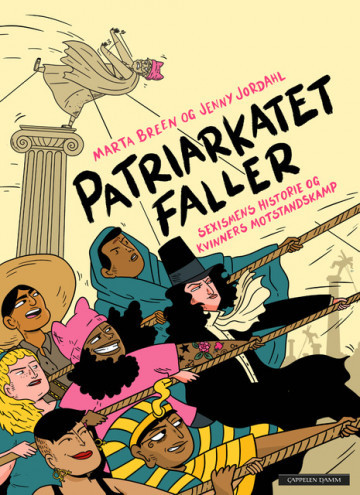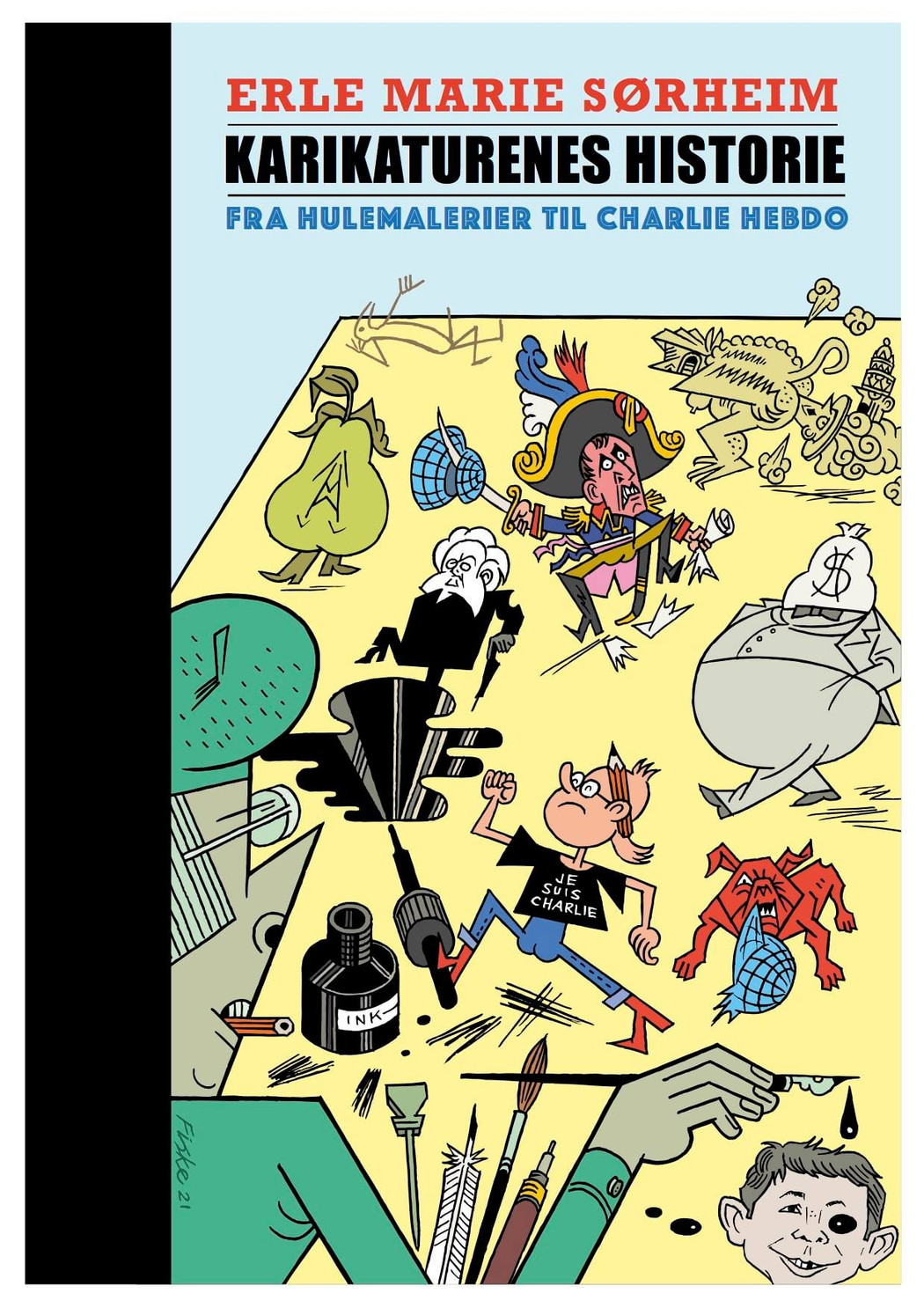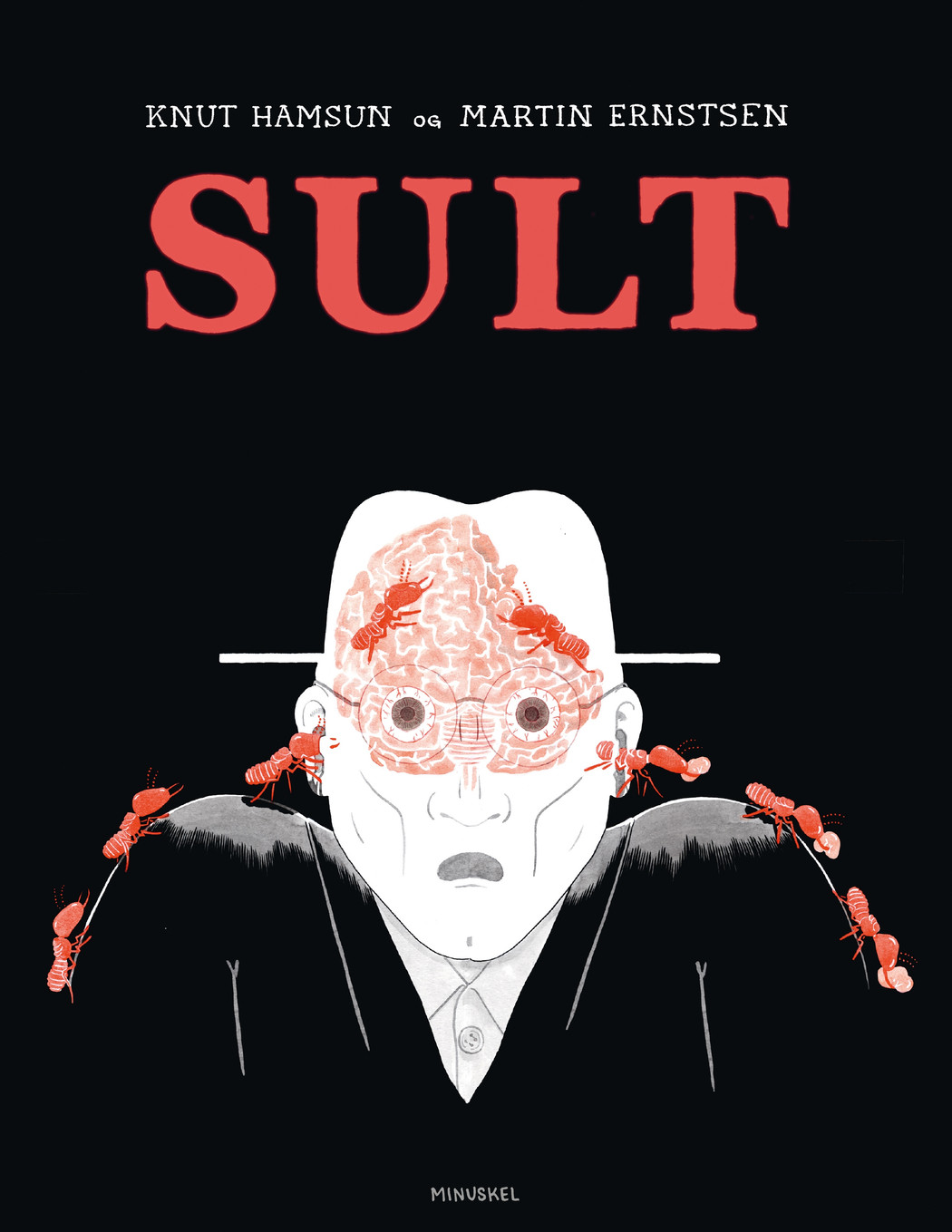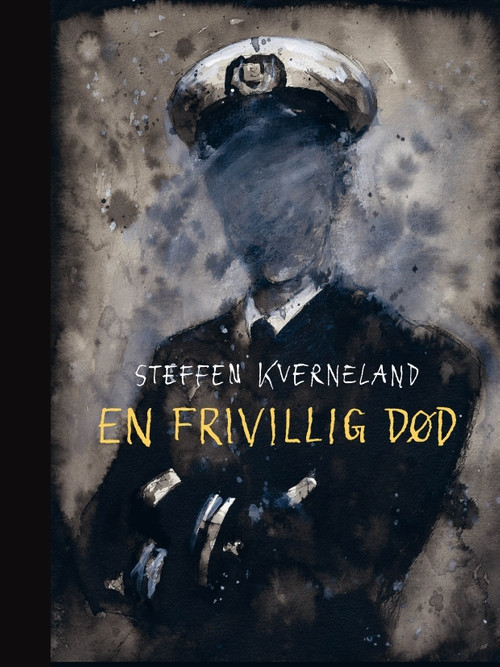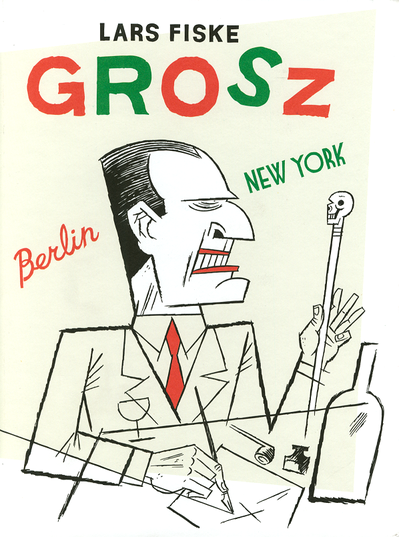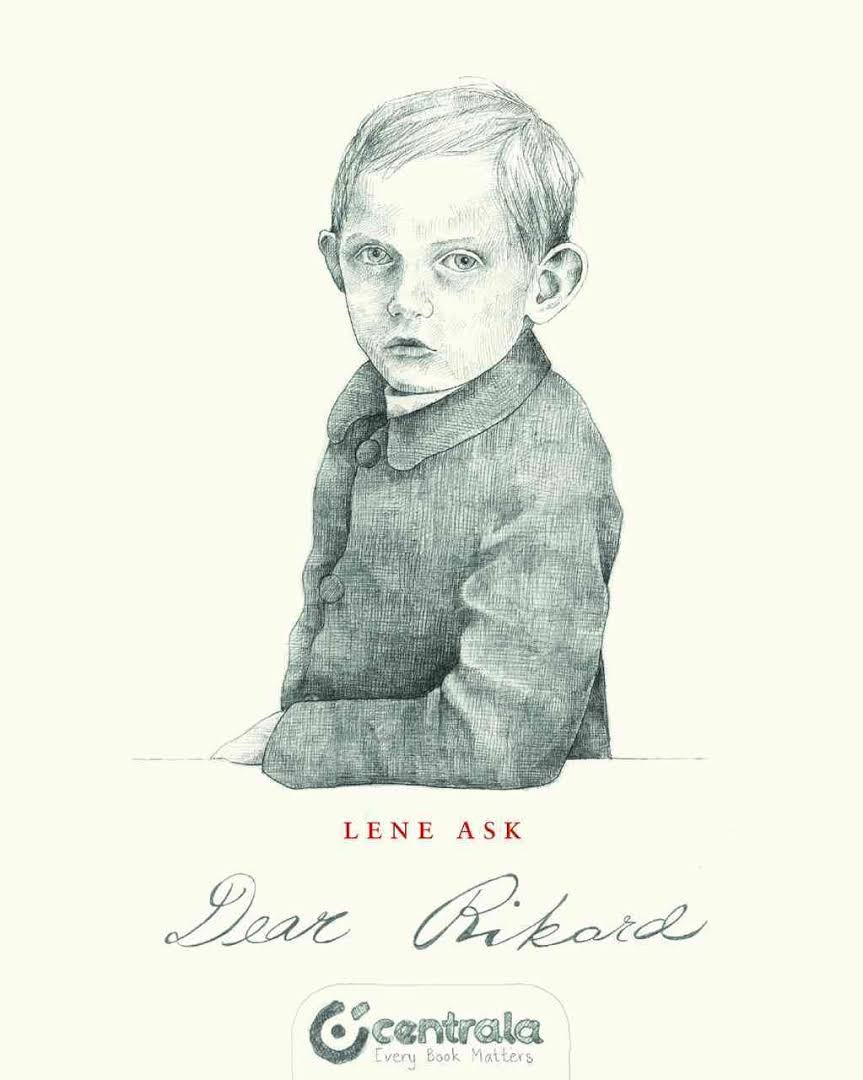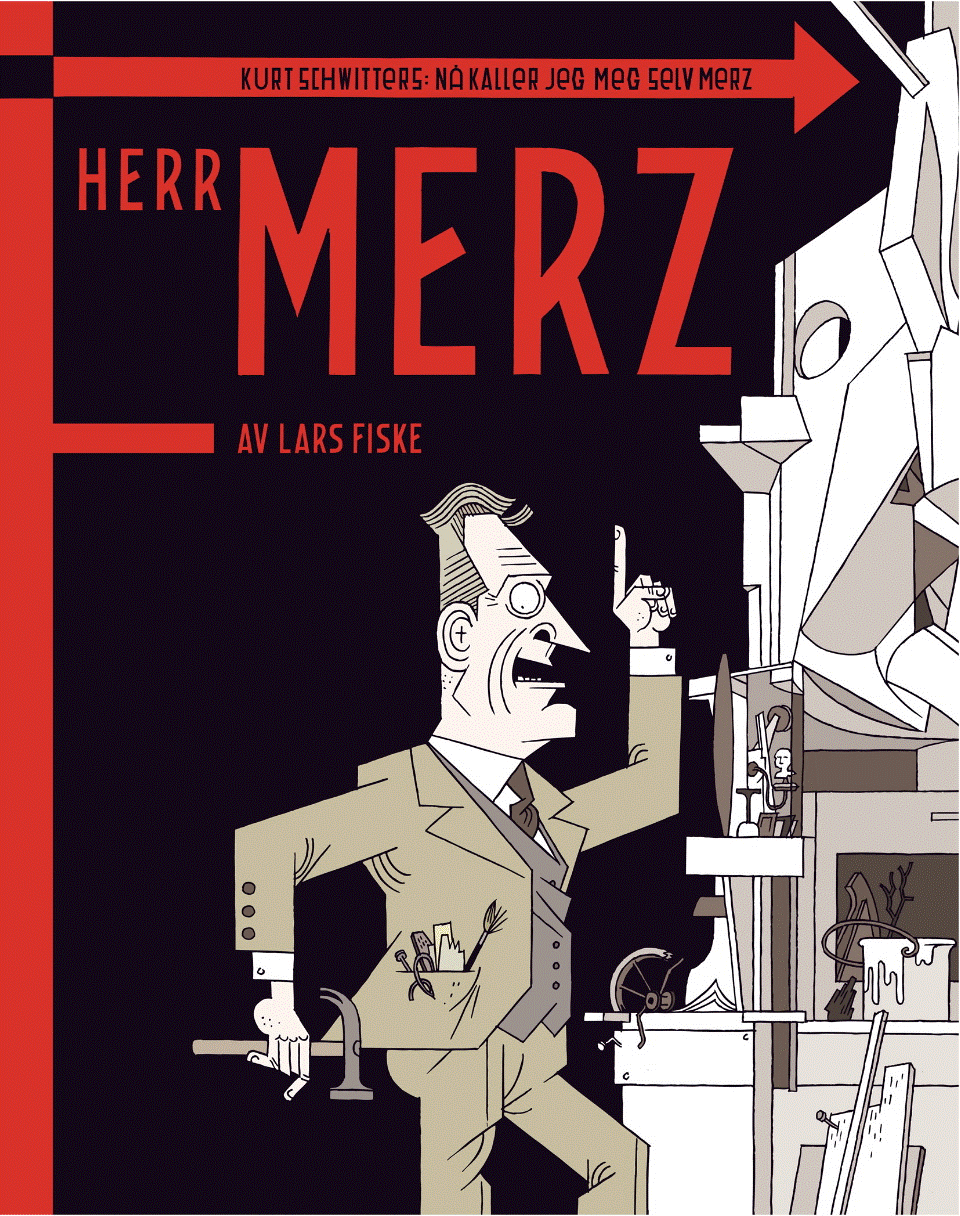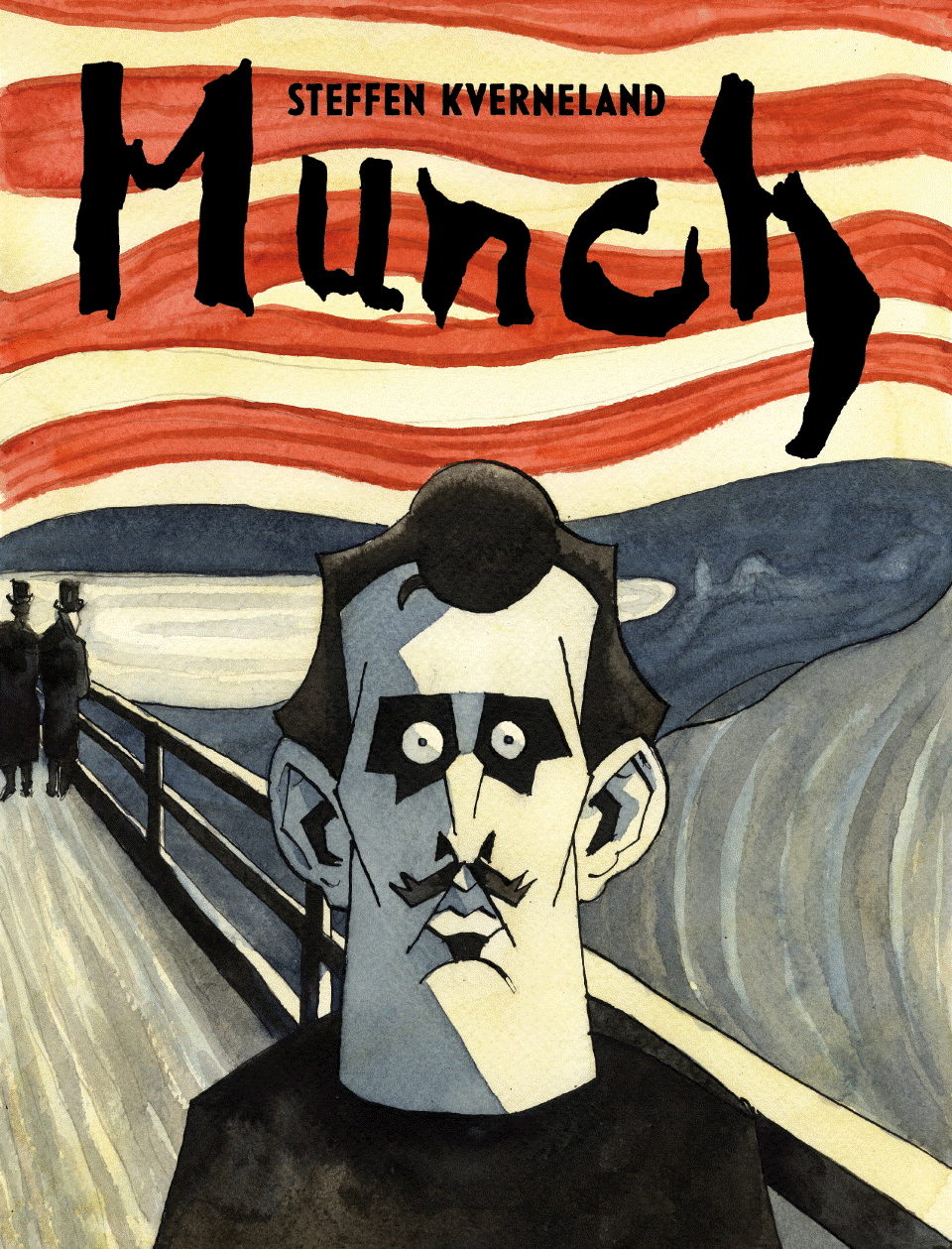Trond Bredesen
My Mother (Mora mi)
Rights:
No Comprendo Press | candrea@online.no | nocomprendopress.com
So far sold to:
Denmark
In this graphic novel, Trond Bredesen depicts his mother who suffered from dementia and had to move into a retirement home at the end of her life. He does this honestly and unsentimentally, with humour and love.
‘The idea for and work on this book started when my mother moved into the institution. I began to write down what she said and did when we visited her and talked on the phone. I took photos and films and hurriedly scribbled down sketches to remember the time, place and situation. Mum’s confused comments, an unappetizing toilet chair and a bedside table with medicines, chocolate, energy drinks and diapers became interesting motifs and script ideas. In two years, I had a pile of documents that slowly turned into this book.’ – Trond Bredesen
